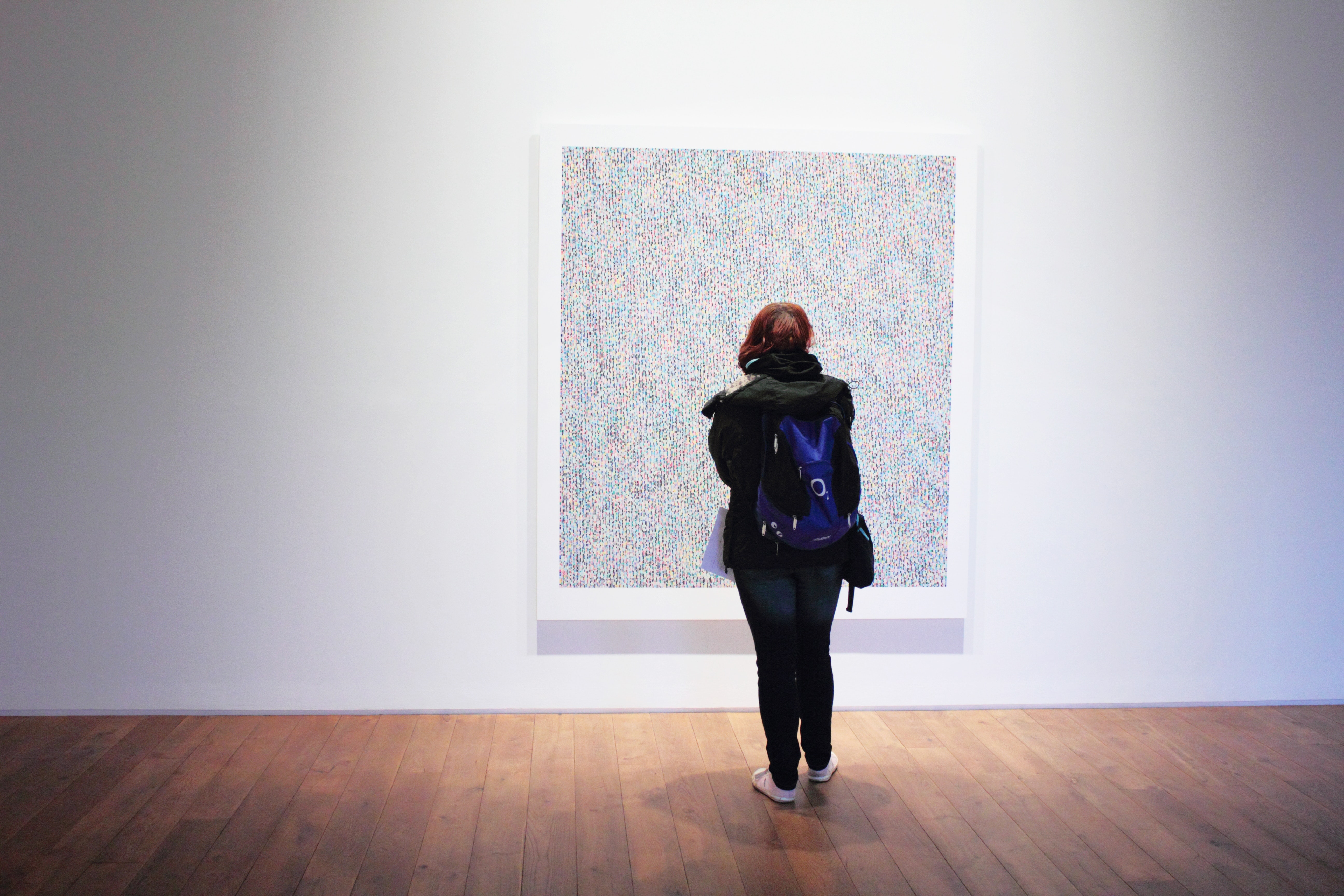Museum
My body is now a canvas
with painted scars and
corrugated skin
twisted strokes
that streak my
sides
where your hands
had once been.
Now unearthed
by your
unmoving gaze
my colours merge,
a deep crimson
surges into
the dwindling hues
that marks my manner.
Outline me with your thoughts
Scan me with a scathing sense
of pointed looks and
unappointed verdicts
scrutiny never felt so fitted.
You linger for a moment.
My breath halts as you
edge closer,
my flesh turning
almost prismatic
at the sound of your approach.
Please do not touch the artwork
Inspired by Carol Ann Duffy’s Standing Female Nude, this poem describes what it must feel like to be a work of art on display. This poem was once a love letter to my experiences in art galleries where art was appreciated, honoured, and treated with the utmost respect. I could see pristine white spaces filled with light and mystery, hushed and holy. The visitor was as much a part of the installation as the artwork: a synergy of shared objectification. Now, when I reread the poem, the air is thick with the weight of judgement.
I feel the same discomfort when I’m walking alone after sunset, and I know this discomfort is universal. Women across the world are made to feel out-of-place in their own hometowns. We are overly vigilant, always trying to escape the pairs of eyes that constantly follow us. We have to stay a few steps ahead – no one wants to find out what will happen if we stop.
The objectification of women has become commonplace – its stories have moved away from the headlines and into the realm of the ordinary.
This article serves to highlight the horrors of society today; just recently, a 19-year-old Dalit girl was raped by multiple men. Correction: four upper-caste men brutally assaulted and gang-raped 19-year-old Manisha Valmiki from a marginalized caste in North India, and the police refused to file a complaint about the case. She was one of many.
The poem no longer relates to a privileged perspective. It represents the voices silenced behind whitewashed walls.
I cannot unsee it. I cannot un-feel it.
